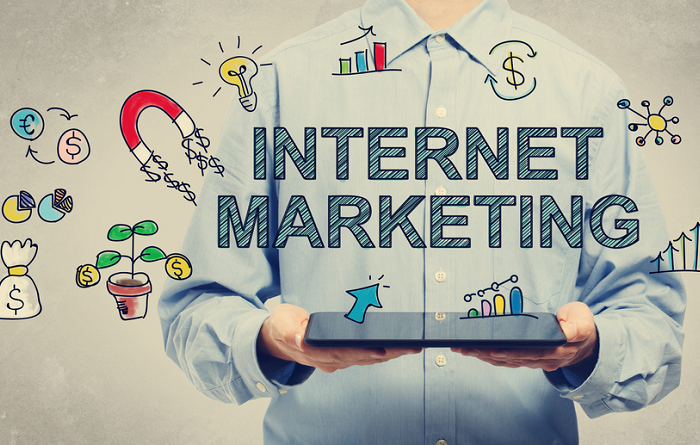Marketing in the first decade of the 21st century was dominated by big-budget companies. Someone who could lay down 10, 20, or $50,000 per month for PPC or SEO inevitably dominated markets and pushed smaller businesses to the margins. What we’ve seen in the last few years, however, has been a leveling of the playing field, primarily because of the rise of social media marketing. Social media allows small businesses to harness the power of the crowd to get their message out, and allows them to compete with big names if that message is shareable enough.

So, how can that help your small business? Not all social media platforms are created equal in terms of marketing potential for your specific business. It’s usually most effective to focus your limited time and resources on the platforms that are best suited to your goals and your type of business. Here’s a quick breakdown of each platform, and how it can help you reach your audience.
Facebook
Facebook is an example of a relatively inexpensive pay-to-play model of social media marketing. Businesses can boost status updates and posts for as little as $1 per day. Facebook’s boosts allow you to put your posts in front of a very specific audience. You can customize your target audience by location, and specific interests.
For example, if your business installs solar panels in Atlanta, you can customize your audience to be people near Atlanta who are interested in solar power, global warming, or renewables.
Facebook also allows you to remarket, targeting people who’ve visited your website, or even people who visited specific pages on your website.
Twitter
Twitter is an open and hashtag driven platform. It’s particularly great at helping you reach people in your industry or people who share your interests. Its short messages are designed to be read and shared quickly and easily, making it an ideal platform for viral marketing.
Twitter offers near-unlimited growth potential, and makes it relatively easy to get your message in front of people who are otherwise unaffiliated with your business.
It’s also unique among social media platforms in that Google now displays highly relevant tweets directly in the SERPs, which serves to give your message that much more exposure.
Pinterest
Pinterest allows users to organize and present products and information visually. It’s perfect for directly displaying products, as well as aggregating and organizing tutorials, articles, or inspirational image quotes. Since everything on Pinterest links back to its original source on the web, it’s a uniquely effective tool for driving traffic and growing sales directly and for free.
Starting this June Pinterest began getting directly involved in e-commerce by forming partnerships with several large online retailers. Currently about 60 million pins are directly available for purchase through Pinterest for iPhone and iPad users, and Pinterest plans to expand to desktop use soon. This opens an entirely new avenue for businesses to drive sales by essentially opening a second online storefront.
Instagram
Instagram is another great visually driven platform. It’s less utilitarian and more aesthetically driven than Pinterest, and doesn’t allow users to sort the images and videos that they post onto separate boards. As a result it’s better suited for presenting a more holistic image of your business’ brand, rather than directly pushing sales.
Since Instagram boasts 15 times the rate of engagement as Facebook and Twitter it’s particularly good for forming personal connections and engaging with other users. It’s ideal for familiarizing people with your brand, creating “fans” of your brand, and bringing them into the top of your marketing funnel, rather than closing sales.
LinkedIn
As the undisputed “professionals” network, LinkedIn’s strengths lie in networking and reaching out to other professionals. This makes it an excellent platform for B2B marketing.
Joining and participating in industry-relevant user groups allows you to form connections with other people in your field, and publishing articles helps you display your and your business’ expertise to other professionals.
Google+
Though Google+ has been declared dead repeatedly and doesn’t get a lot of attention from marketing community anymore, it can still play an important role in driving sales for businesses.
Google+ communities organized by topic, and often include thousands of members, each of which can contribute. Engaging with an active community can allow you to quickly drive a lot of traffic, and can help you build connections with fans and as well as industry experts.
Different platforms are useful for different things. But there’s one thing they all have in common. Social media allows businesses to reach out to consumers and makes it easy for those consumers to decide whether to pass the message along and continue to promote the business. This way your reach can be democratically extended well beyond your budget, and bring you into competition with much larger competitors.
Netrostar offers full integrated social media management, check out our awesome social media solutions!